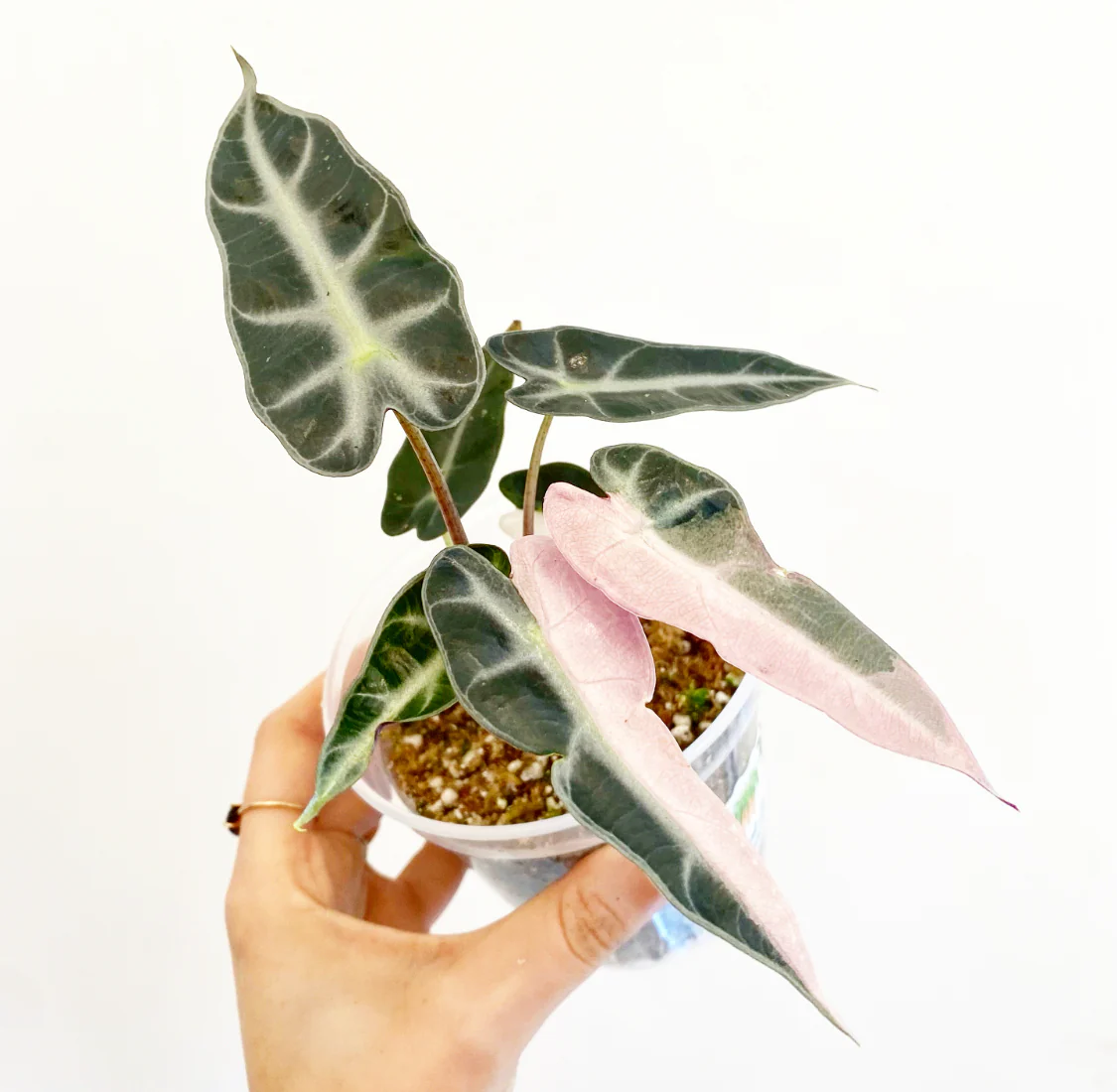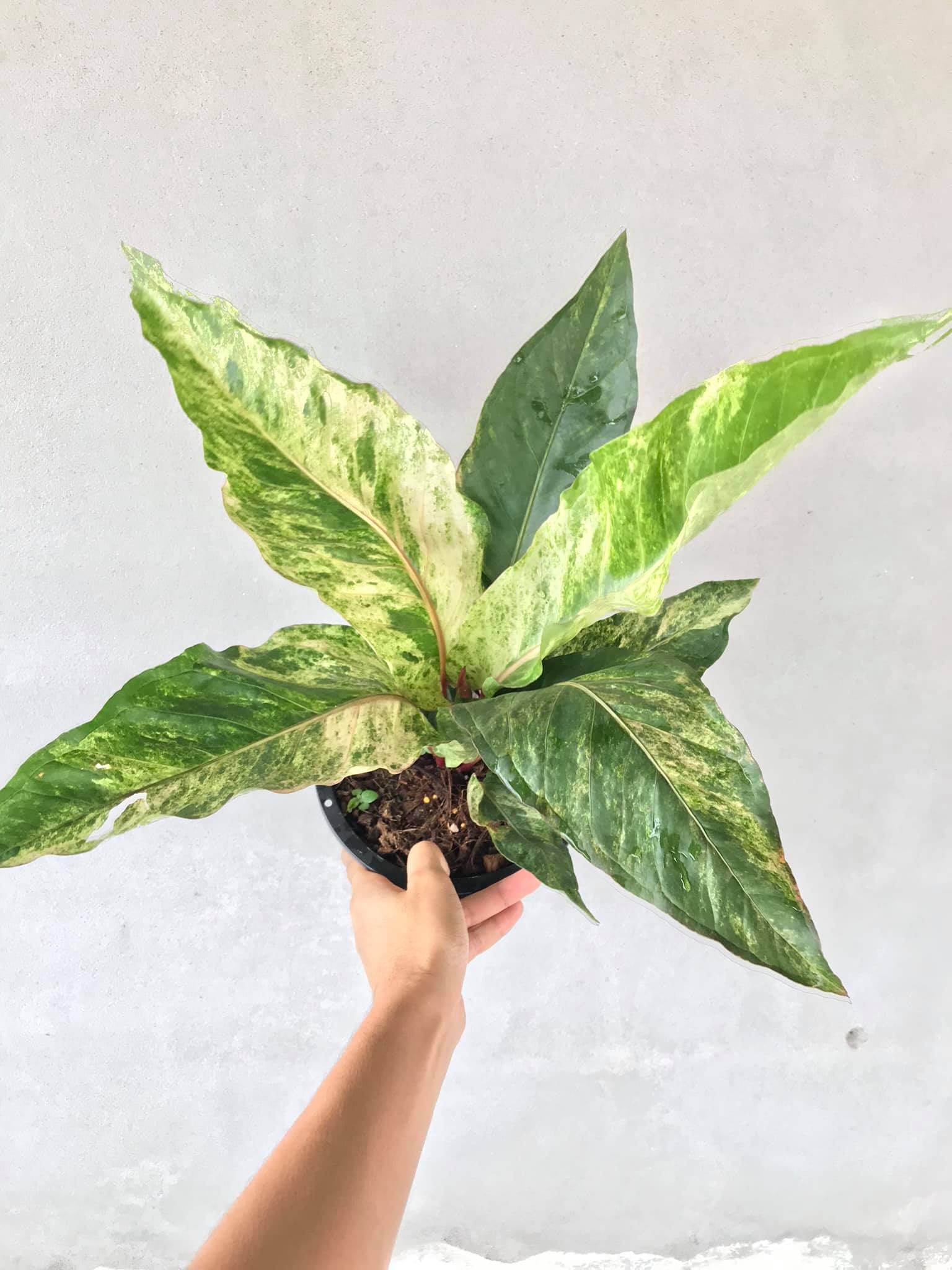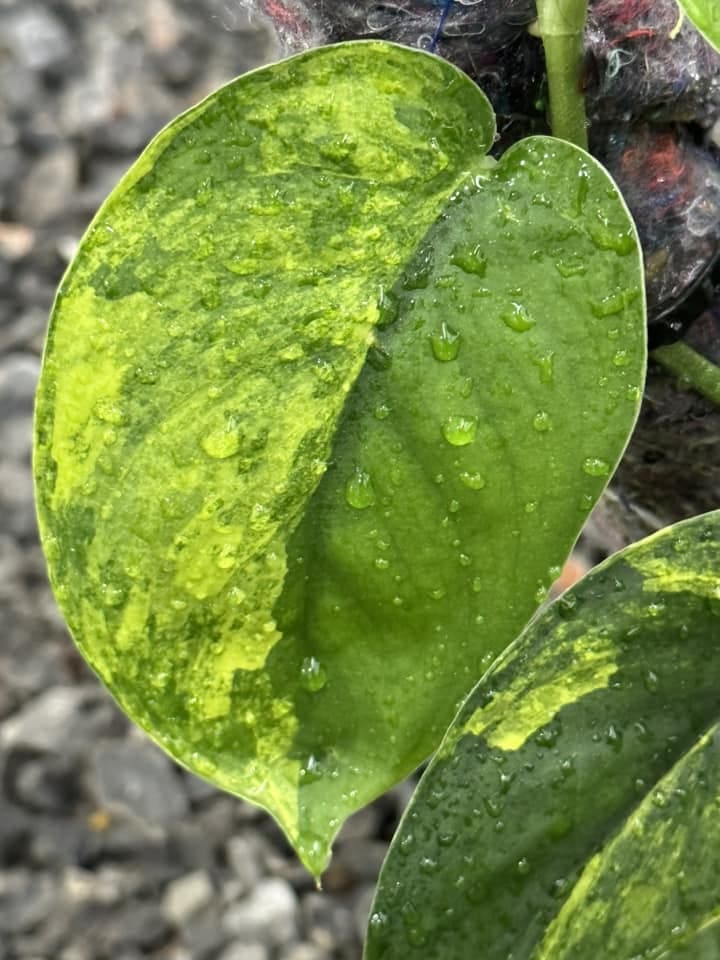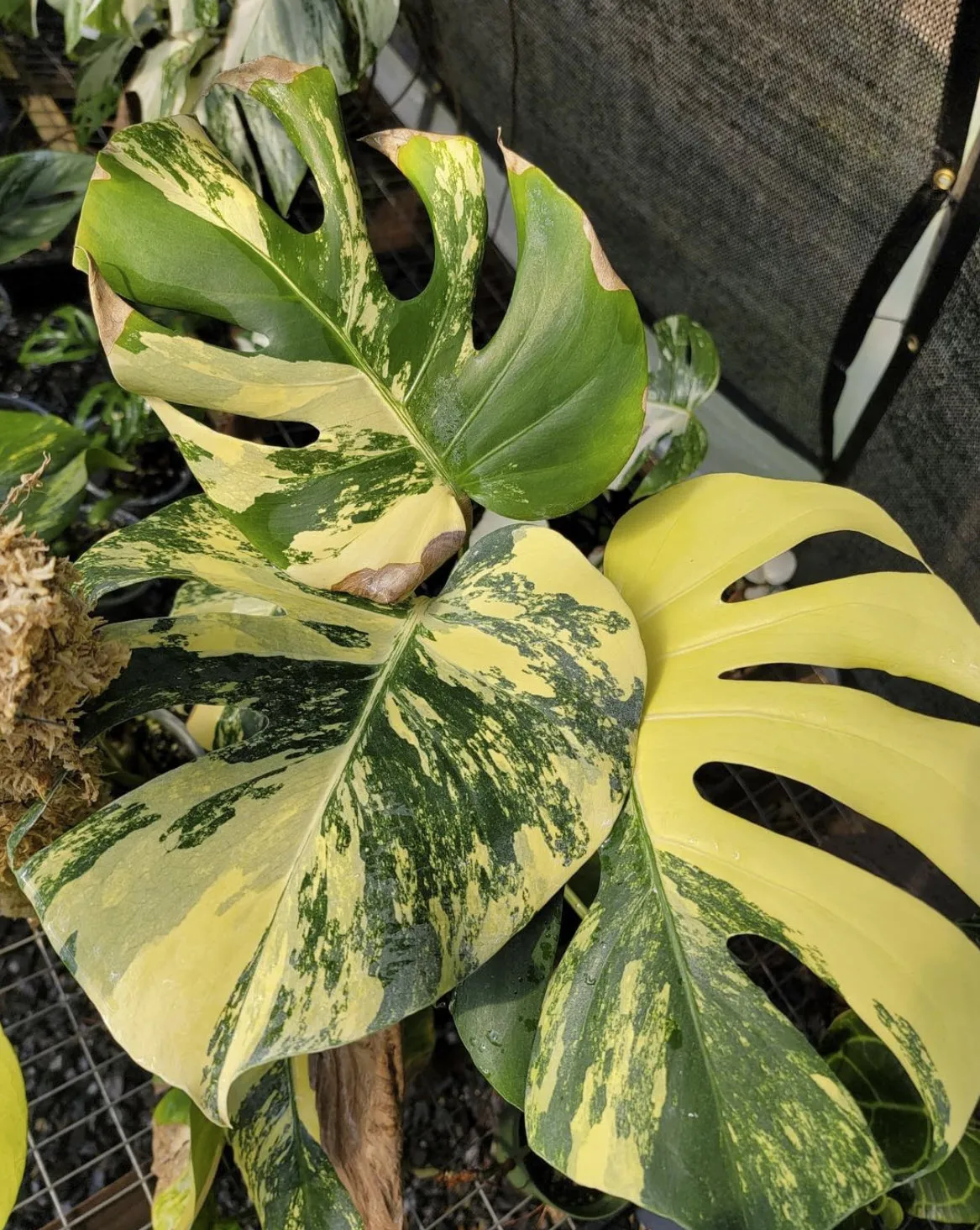If you’re a plant lover looking for something unique and eye-catching, variegated plants might be just what you’re searching for. These plants feature distinctive patterns of white or yellow on their leaves, creating an exotic look that’s sure to impress.
But what are variegated plants, exactly? How much do they cost, and how do you care for them outdoors? In this guide, we’ll answer all of these questions and introduce you to some stunning examples of variegated plants, including monstera, philodendron, alocasia, Anthurium, and Scindapsus.
What Are Variegated Plants?
Variegation is a term used to describe the appearance of white or yellow patches on a plant’s leaves. This occurs when certain cells in the leaf produce less chlorophyll than others, resulting in a lighter color. The result is a gorgeous, eye-catching pattern that makes variegated plants stand out from other houseplants.
Some common types of variegated plants include:
- Monstera: A tropical plant with large, heart-shaped leaves featuring distinct splits and perforations.
- Philodendron: A vining plant with glossy green leaves that can grow quite long if allowed to climb.
- Alocasia: Another tropical plant with huge, arrow-shaped leaves that can reach up to three feet in length.
- Anthurium: A flowering plant with glossy, heart-shaped leaves and striking red flowers.
- Scindapsus: A popular trailing plant with heart-shaped leaves that come in a variety of colors.
Variegated Plants Price
The price of variegated plants can vary widely depending on the species, size, and rarity of the plant. Some small and common variegated plants can be found for as little as $10-$15, while rarer and more exotic varieties can cost hundreds of dollars or more.
For example, a small monstera variegata plant might sell for around $60, while a larger specimen could cost upwards of $200. Similarly, a common philodendron brasil might be priced at around $15, while a rare variegated Philodendron Billietiae Variegated could sell for over $500.
Variegated Plants Outdoor Care
While many variegated plants are well-suited to indoor growing conditions, some species can also thrive outdoors in certain climates. Here are some tips for caring for your variegated plants in an outdoor setting:
- Make sure the plant is suited to your climate: Not all variegated plants can tolerate extreme heat or cold, so make sure to research the specific requirements of your plant before placing it outdoors.
- Choose an appropriate location: Most variegated plants prefer a spot with bright, indirect light and moist, well-draining soil.
- Protect from pests: Outdoor plants are more susceptible to pests like aphids and spider mites, so keep an eye out for any signs of infestation and treat accordingly.
- Water regularly: Depending on the species, your variegated plant may require frequent watering during the warmer months.
Variegated Plants List
As we mentioned earlier, there are many different types of variegated plants to choose from. Here’s a list of some of our favorites:
- Monstera Variegata Collection: Delight in the allure of these stunning variegated plants that boast intricate patterns of white and green on their lush leaves. Each Monstera in this curated assortment is a masterpiece of nature, bringing elegance and vibrancy to any indoor space. Whether you’re an avid plant collector or just starting your green journey, our Monstera Variegata Collection offers a captivating array of botanical beauty that will truly stand out in your home or office.

- Philodendron Variegata Collection: This curated assortment showcases the enchanting beauty of variegated Philodendron plants. With leaves adorned in captivating patterns of color, each plant is a living work of art. Whether you’re an experienced plant collector or just starting your green journey, these Philodendron varieties bring a touch of elegance and nature’s charm to any space. Explore the captivating world of variegation and cultivate your own stunning indoor oasis with the Philodendron Variegata Collection.

- Alocasia Variegata Collection: Discover the allure of the Alocasia Variegata Collection. These plants blend elegance and charm, featuring intricately patterned leaves that command attention. Elevate your decor with these botanical gems that promise both visual delight and a breath of fresh air.

- Anthurium Collection: Unveil the allure of our Anthurium Collection, where passion and nature intertwine. With glossy leaves and striking blooms, these plants captivate both the eye and the heart. Perfect as gifts or for personal indulgence, our Anthuriums exude a sense of admiration and fascination that never goes out of bloom.

- Scindapsus Collection: Introducing the Scindapsus Collection – a medley of green companions for your home. With their lush vines and captivating foliage, these plants effortlessly infuse life into every corner. From low-light nooks to well-lit shelves, these Scindapsus plants thrive in diverse conditions, making them a must-have for plant enthusiasts of all levels.

FAQ
Q: Can I propagate my variegated plants?
A: Yes! Most variegated plants can be propagated by taking stem cuttings and rooting them in water or soil. Just make sure to use sharp, clean scissors to avoid damaging the parent plant.
Q: How can I prevent my variegated plants from reverting to solid green leaves?
A: Variegation can sometimes revert back to solid green if the plant isn’t getting enough light. Make sure your plant is placed in a bright, indirect spot and avoid over-fertilizing, which can also cause the pattern to fade.
Q: Why are variegated plants more expensive than regular houseplants?
A: Variegated plants are often rarer and harder to come by than their solid-colored counterparts. Additionally, they may require more specialized care to maintain their distinctive patterns, which can drive up the price.
Q: What should I do if my variegated plant is getting brown spots on its leaves?
A: Brown spots on variegated plants can be a sign of several different issues, including over-watering, under-watering, or pest infestations. Check the soil moisture level and examine the plant closely for any signs of pests like spider mites or mealybugs. Adjust your watering schedule as needed and treat any pests promptly to keep your plant healthy.
Q: Do variegated plants require any special care?
A: Variegated plants generally have the same care requirements as their non-variegated counterparts. However, they may require slightly more light to maintain their distinctive patterns, so make sure to place them in a bright, indirect spot. Additionally, avoid using fertilizer that’s too high in nitrogen, as this can cause the color pattern to fade.
Conclusion
Variegated plants are a beautiful and unique addition to any indoor or outdoor space. From the striking split-leaf monstera to the delicate trailing philodendron brasil, there’s a variegated plant out there for everyone. While they can be more expensive and require some specialized care, the stunning patterns and colors make them well worth the effort.
Whether you’re an experienced plant parent or just starting out, adding a variegated plant to your collection is sure to bring a touch of exotic beauty to your home. So go ahead and give one (or several!) a try—you won’t be disappointed.


